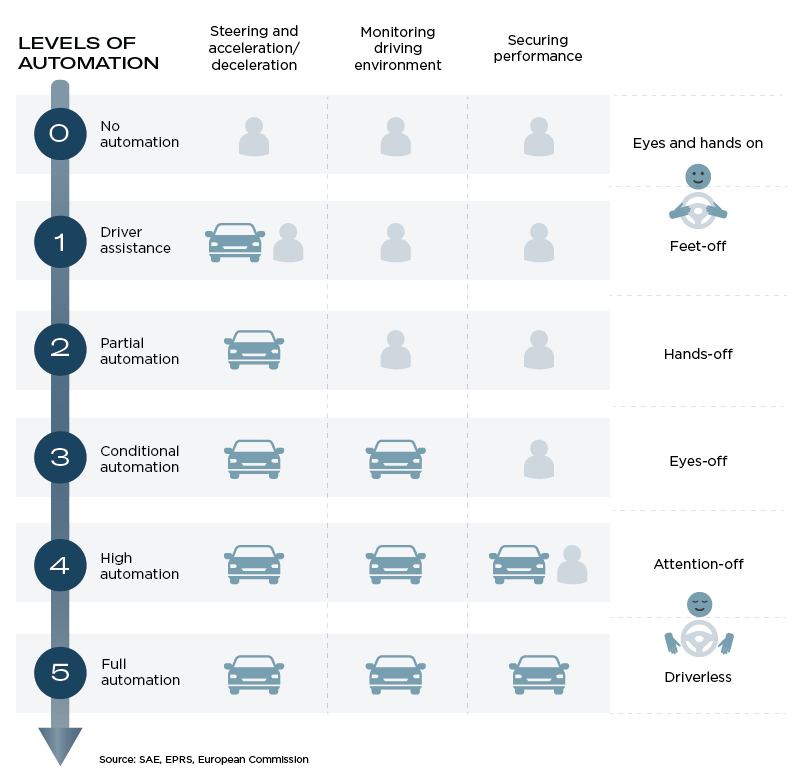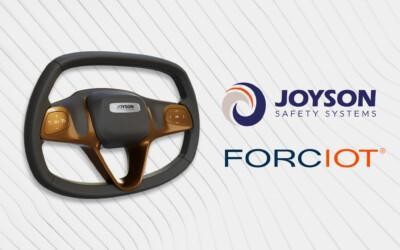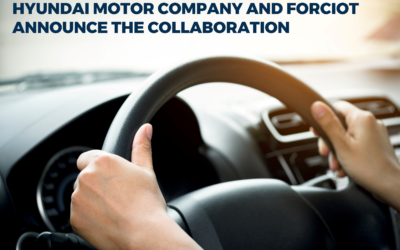Advanced Driver Assistance System (ADAS) is a safety system to prevent accidents by assisting the driver in pedestrian avoidance, lane departure correction, traffic sign recognition, automatic emergency braking and blind spot detection. Most common ADAS applications are Lane keeping Assist System, Adaptive Cruise Control, Automatic Parking and Navigation System.
Market for Advanced Driver Assistance Systems is growing heavily
Development of autonomous driving is growing fast. SAE Levels of Driving Automation™ 1 and 2 with driver assistance exist in the market already. Most of these require the drivers to keep their hands on the steering wheel. In addition, there are already vehicles in mass manufacturing with automated driving technologies, in which the driver can take hands off the steering wheel on specific approved highways or restricted areas.

Cars equipped with ADAS rely on different sensors: Camera, Lidar, Radar, Ultrasonic, Infrared and pressure sensors. When there is partial driving automation or conditional driving automation, ADAS needs data from multiple sensor types. Sensor fusion is the ability to bring together inputs from multiple sensors. These inputs are combined with software algorithms to create AI for the vehicle systems’ decision-making. Sensor fusion is the key for ensuring the system works in a consistent manner in all conditions.
Safety through data-driven sensor fusion
OEMs are taking steps in levels of automation and technology helps the cars to become safer. ADAS should work accurately and in a consistent way in all conditions. If the system gives false alarms, alerts are unclear and driver does not know what triggers them, or if the system does not react when it should, the driver will struggle on trusting the system. The worst scenario is that the driver turns off the system. Disabling advanced feature is not desired, as then the enhanced safety system is not in place anymore. According to World Health Organization (WHO) 2022, 1,3 million people die every year in traffic accidents.
Combining data from multiple sensors instead of using single sensor system has great benefits. Some functionalities that are demanded by legal requirements, such as hands on detection systems, generate data that can be utilized as a data source in sensor fusion. Using advanced pressure sensing, like FORCIOT® GRIP, accurate and extensive data can be generated for ADAS without creating additional costs:
- Distraction and Drowsiness Recognition data by measuring drivers grip and movement
- Recognizing Driver Availability from touch
- Detecting Dangerous Behavior from sudden or illogical movements
- Warning the driver when distracted and not having good grip
Safety is top priority, but user experience (UX) is becoming increasingly important
Consistency is important for the user experience of ADAS. System should work under all conditions and with great number of variables. Driver needs to be able to trust the system even when it is dark, bright sunlight, driver has face partly covered or wears sunglasses.


Using complementary technologies significantly improves reliability, availability, and precision.
Comprehensive data from multiple sources secures reliable safety system and smooth user experience for drivers. UX is becoming more-and-more significant as OEMs are exploring on differentiating their brands in a very competitive market.
Read more on FORCIOT® GRIP.




